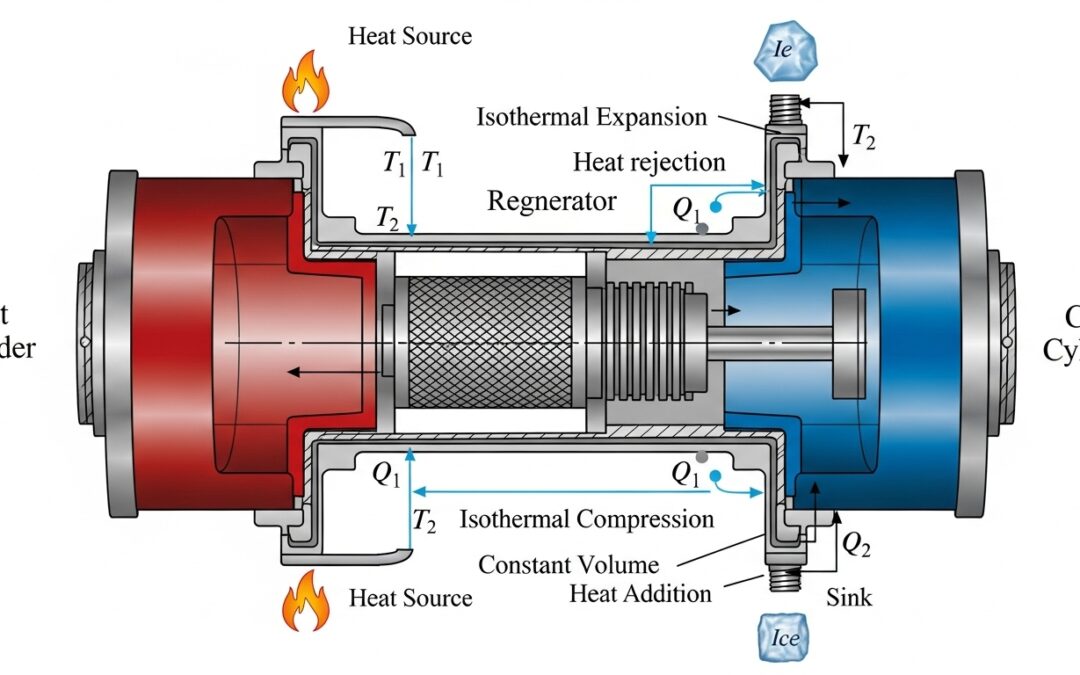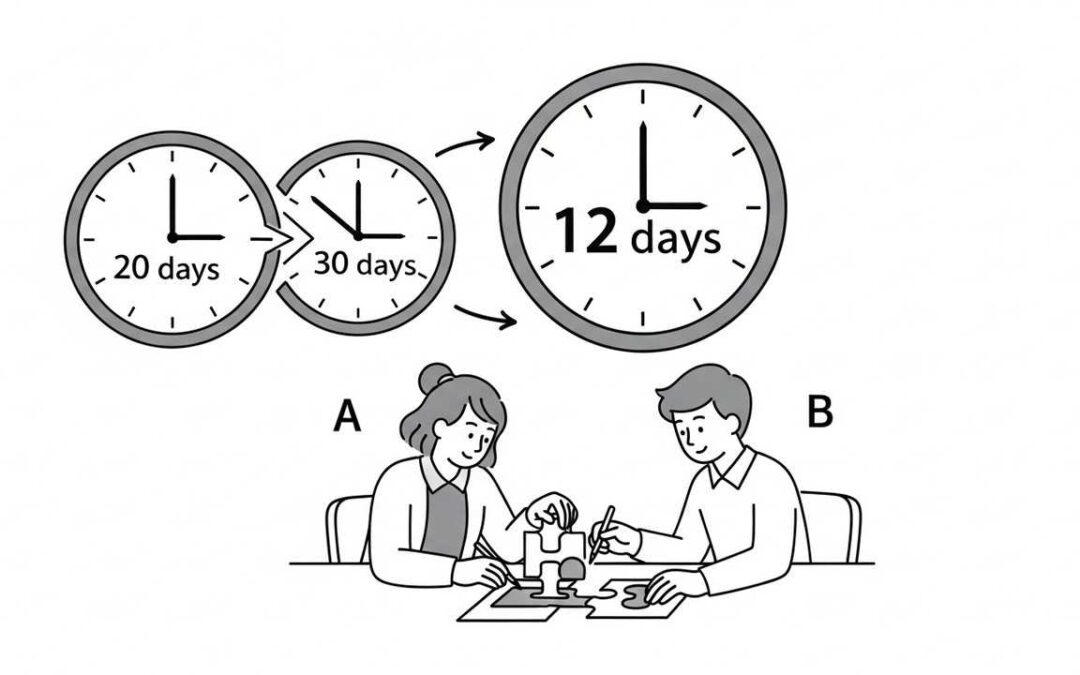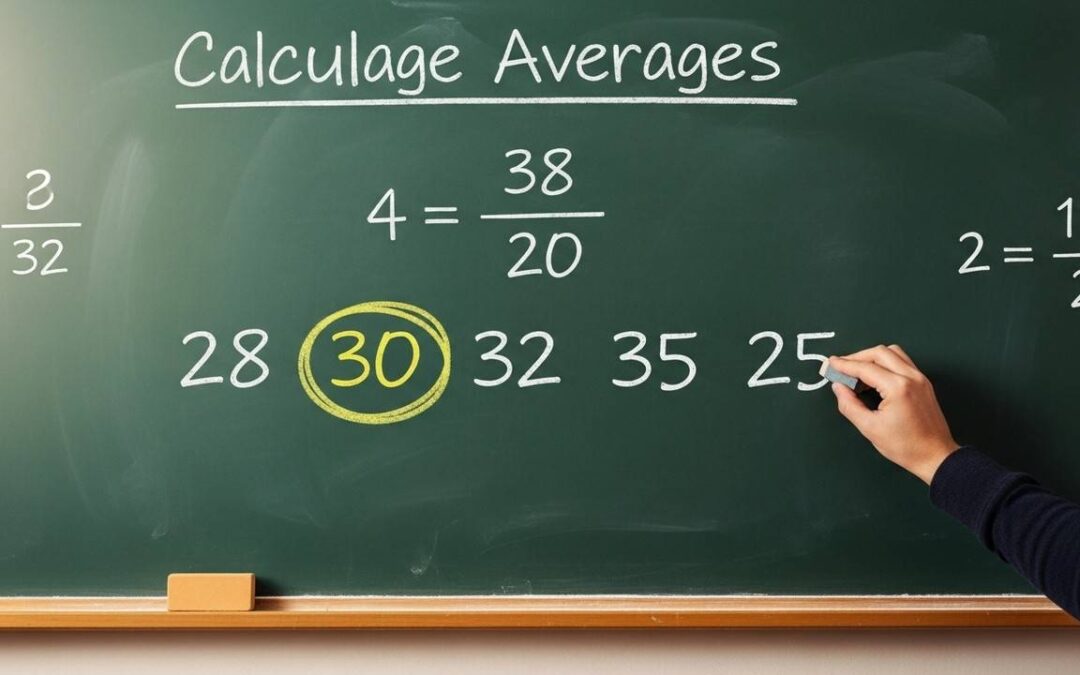General aptitude tests often feature interest-related questions that assess your numerical skills. In this case, we explore how a sum tripling over 12 years reveals key insights into simple interest calculations, helping you tackle similar problems with confidence and speed.
Table of Contents
Read More
Simple interest problems are a cornerstone of general aptitude tests, especially in finance and banking sectors. Mastering these questions can significantly boost your problem-solving speed and accuracy, making you stand out in competitive exams.
Understanding the Core Problem
When a sum of money triples over a period, it’s not just about numbers—it’s about grasping the fundamental principles of interest calculation. This scenario often appears in aptitude tests, challenging candidates to think quickly and logically.
Breaking Down the Given Data
The problem states that an initial amount triples in 12 years. This implies that the interest earned is twice the principal amount, as tripling means principal plus interest equals three times the principal.
Simple interest is calculated linearly, without compounding, making it straightforward but requiring careful attention to avoid common pitfalls like misinterpreting time or rate units.
Formula Application Insights
Using the simple interest formula, SI = (P R T) / 100, where SI is interest, P is principal, R is rate per annum, and T is time in years. Here, SI = 2P since the amount triples (Amount = P + SI = 3P, so SI = 2P).
Substituting, 2P = (P R 12) / 100. Simplifying, we get R = (2 * 100) / 12 ≈ 16.67% per annum. This step-by-step approach ensures clarity and minimizes errors in calculations.
Strategies for Efficient Problem Solving
To excel in such problems, develop a methodical approach. Start by identifying key variables and applying formulas directly, avoiding unnecessary complications that can slow you down.
Time Management Techniques
In timed tests, practice estimating rates mentally. For instance, if money doubles in a certain time, the rate is roughly 100 divided by time years. Here, tripling is similar but requires adjustment.
Regular practice with varied problems enhances speed. Use approximation methods; for R ≈ 16.67%, it’s close to 16.5% or 17%, which can be handy for quick checks in multiple-choice questions.
Avoiding Common Mistakes
Many test-takers confuse simple interest with compound interest. Remember, simple interest does not compound, so the calculation is linear. Always double-check units—ensure time is in years and rate is annual.
Another error is misplacing values in the formula. Write down each step to avoid calculation slips, especially under pressure. This discipline can save valuable seconds during exams.
Key Takeaways
Mastering simple interest problems like this one is essential for aptitude success. Focus on understanding the basics, practice regularly, and employ quick mental math tricks to improve efficiency and accuracy in your test performance.
| Variable | Value | Explanation |
|---|---|---|
| Principal (P) | Assumed 100 units for simplicity | Base amount before interest |
| Time (T) | 12 years | Duration for interest accumulation |
| Interest (SI) | 200 units (since amount triples to 300) | Earned interest equals twice principal |
| Rate (R) | Approximately 16.67% per annum | Calculated from formula R = (SI * 100) / (P * T) |
We also Published
RESOURCES
- General Aptitude Test – Aptitude-test.com
- General Aptitude Contract : r/AirForceRecruits
- The role of mind-wandering in measurements of general aptitude
- General Aptitude : r/AirForceRecruits
- Fairness in Employment Testing: Validity Generalization, Minority …
- ED164579 – Manual for the USES General Aptitude Test … – ERIC
- GA General Aptitude
- Aptitude Questions and Answers – GeeksforGeeks
- Does anyone have General Aptitude in the Air Force?
- ASVAB – U.S. Air Force







0 Comments